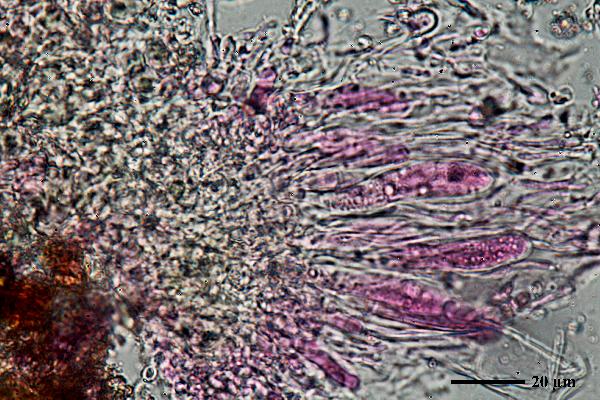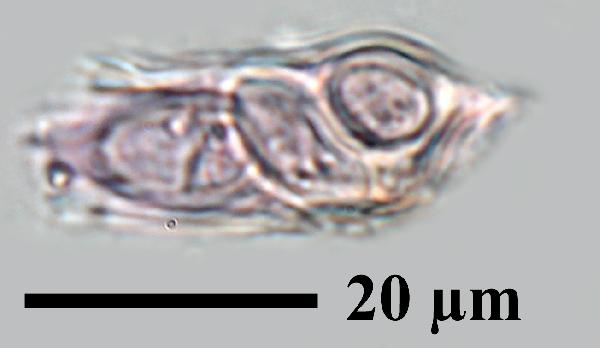Metamelanea caesiella (Th. Fr.) Henssen
in Henssen & Jørgensen, Lichenologist 22: 141, 1990. Basionym: Pyrenopsis caesiella Th. Fr. - Bot. Notiser: 58, 1866.
Synonyms:
Distribution:
Description: Thallus crustose, areolate or rimose-areolate, gelatinous when wet, the surface ash-grey-pruinose, up to 300 µm thick, the areoles dying from the base, forming effuse patches. In section the thallus appears loosely paraplectenchymatous, with densely packed, vertically arranged photobiont cells. Apothecia rare, 0.5-1 mm across, immersed to adnate, with a conspicuous thalline margin and a dark brown to black, flat disc, sometimes inspersed with thalline elements. Proper exciple thin, of ± parallel, gelatinized hyphae; epithecium brownish; hymenium colourless, the hymenial gel K/I+ blue; paraphyses rather lax, branched, with submoniliform apical cells; hypothecium colourless. Asci 8-spored, long-cylindrical-clavate, thin-walled, without internal amyloid structures. Ascospores 1-celled, hyaline, ellipsoid, (10-)12-15 x 6-8 µm. Pycnidia immersed. Conidia bacilliform, simple, hyaline, 3-4 x c. 1 µm. Photobiont cyanobacterial, chroococcoid, in densely packed clusters surrounded by brown sheaths, the individual cells 4-6 µm wide. Spot tests: all negative. Chemistry: without lichen substances.Note: a species described from Norway (the type is sterile), and later also found in Germany and Belgium, growing on calcareous rocks (Schultz & al. 2007). To be looked for in Italy.
Growth form: Crustose
Substrata: rocks
Photobiont: cyanobacteria, coccaceous (e.g. Gloeocapsa)
Reproductive strategy: mainly sexual
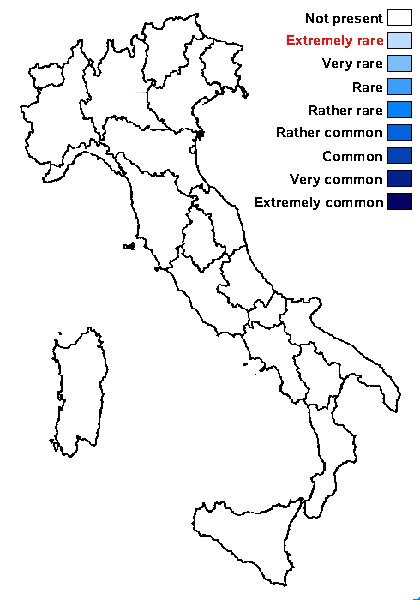
Predictive model
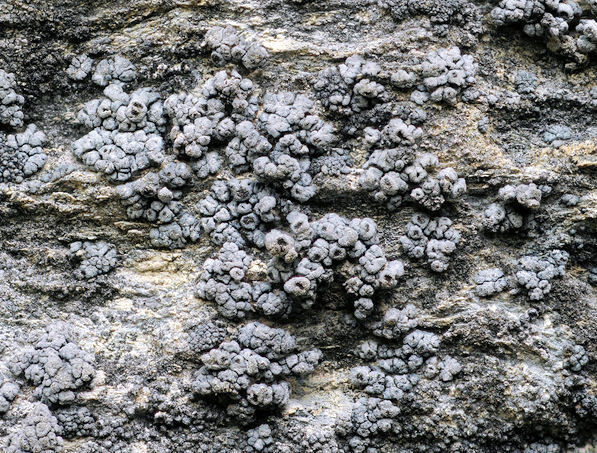
Einar Timdal http://www.nhm2.uio.no/botanisk/lav/Photo_Gallery/Metamelanea/caesiella_G=Norway+Oppland_H=O-L-169769_C=ET_I=1.jpg Cuba
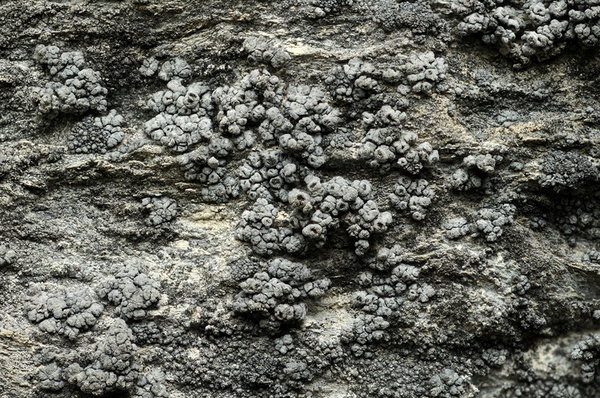
Einar Timdal - Source: http://www.nhm2.uio.no/botanisk/lav/Photo_Gallery/Metamelanea/caesiella_G=Norway+Oppland_H=O-L-169769_C=ET_I=1.jpg
Cuba
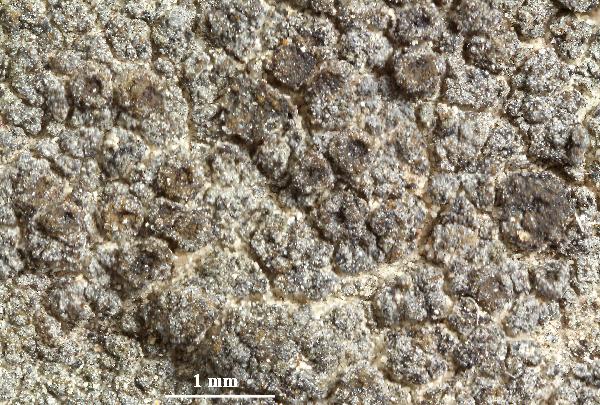

Felix Schumm - CC BY-SA 4.0
[ABL75845], Belgium, Namur, Dinant, Fonds de Leffe, on limestone.
Leg. A. Aptroot (no 75845), 16.09.2017, det. A. Aptroot, 2017
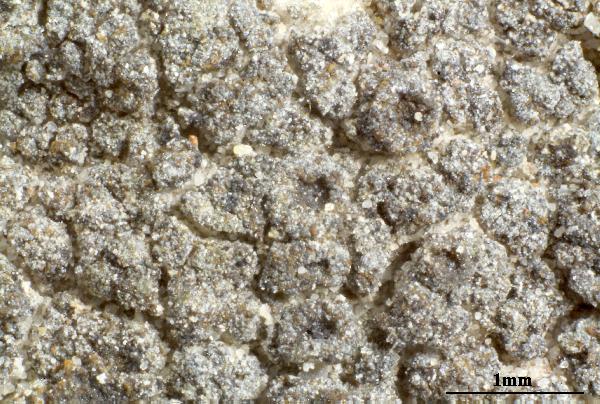

Felix Schumm - CC BY-SA 4.0
[ABL75845], Belgium, Namur, Dinant, Fonds de Leffe, on limestone.
Leg. A. Aptroot (no 75845), 16.09.2017, det. A. Aptroot, 2017
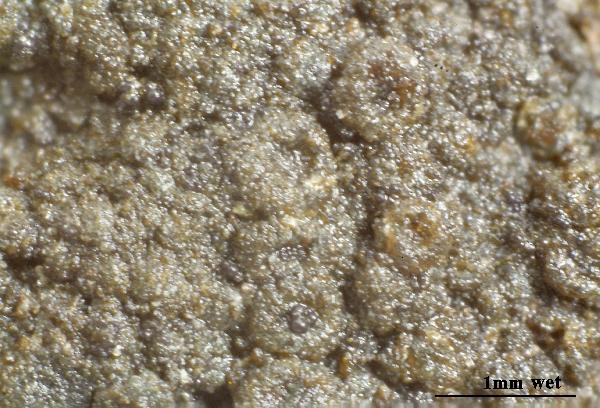

Felix Schumm - CC BY-SA 4.0
[ABL75845], Belgium, Namur, Dinant, Fonds de Leffe, on limestone.
Leg. A. Aptroot (no 75845), 16.09.2017, det. A. Aptroot, 2017
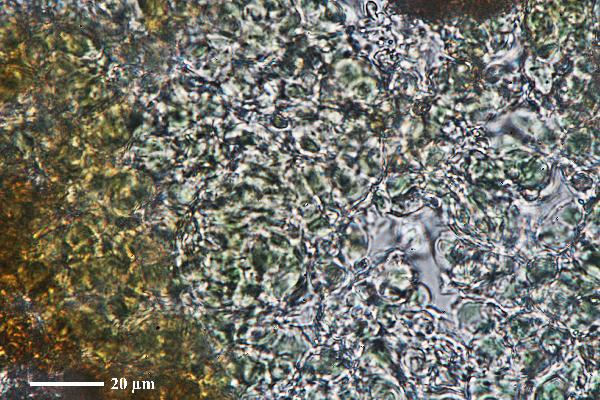

Felix Schumm - CC BY-SA 4.0
[ABL75845], Belgium, Namur, Dinant, Fonds de Leffe, on limestone.
Leg. A. Aptroot (no 75845), 16.09.2017, det. A. Aptroot, 2017
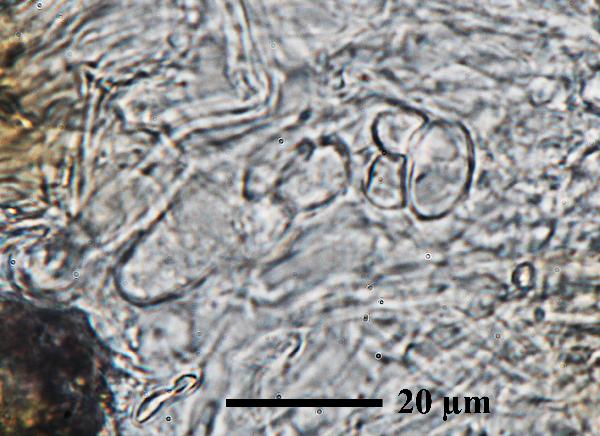

Felix Schumm - CC BY-SA 4.0
[ABL75845], Belgium, Namur, Dinant, Fonds de Leffe, on limestone.
Leg. A. Aptroot (no 75845), 16.09.2017, det. A. Aptroot, 2017
Growth form: Crustose
Substrata: rocks
Photobiont: cyanobacteria, coccaceous (e.g. Gloeocapsa)
Reproductive strategy: mainly sexual

Predictive model

Einar Timdal http://www.nhm2.uio.no/botanisk/lav/Photo_Gallery/Metamelanea/caesiella_G=Norway+Oppland_H=O-L-169769_C=ET_I=1.jpg Cuba

Einar Timdal - Source: http://www.nhm2.uio.no/botanisk/lav/Photo_Gallery/Metamelanea/caesiella_G=Norway+Oppland_H=O-L-169769_C=ET_I=1.jpg
Cuba


Felix Schumm - CC BY-SA 4.0
[ABL75845], Belgium, Namur, Dinant, Fonds de Leffe, on limestone. Leg. A. Aptroot (no 75845), 16.09.2017, det. A. Aptroot, 2017


Felix Schumm - CC BY-SA 4.0
[ABL75845], Belgium, Namur, Dinant, Fonds de Leffe, on limestone. Leg. A. Aptroot (no 75845), 16.09.2017, det. A. Aptroot, 2017


Felix Schumm - CC BY-SA 4.0
[ABL75845], Belgium, Namur, Dinant, Fonds de Leffe, on limestone. Leg. A. Aptroot (no 75845), 16.09.2017, det. A. Aptroot, 2017


Felix Schumm - CC BY-SA 4.0
[ABL75845], Belgium, Namur, Dinant, Fonds de Leffe, on limestone. Leg. A. Aptroot (no 75845), 16.09.2017, det. A. Aptroot, 2017


